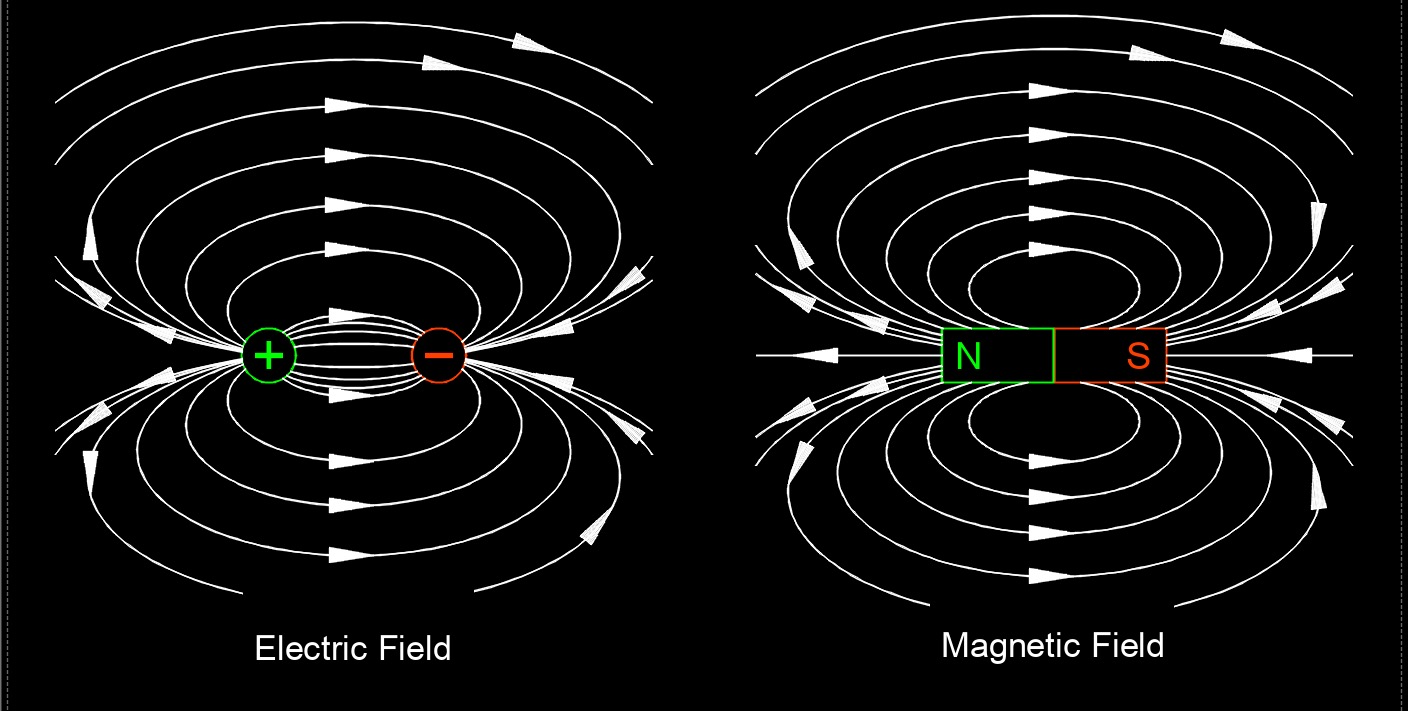Magnetic Energy
Magnet Magnetic Energy Formula |
||
| \( E_m \;=\; - \; ( \mu \cdot B ) \) |
||
| Symbol | English | Metric |
| \( E_m \) = Magnet Magnetic Energy | \(lbf\) | \(J\) |
| \( \mu \) (Greek Symbol mu) = Magnetic Moment | - | \(A \;/\; m^2\) |
| \( B \) = Magnetic Field | \(G\) | \(T\) |
Magnetic energy, abbreviated as \(E_m\), is the potential energy stored in a magnetic field. The magnetic energy stored in an inductor is proportional to the square of the current flowing through it and the inductance of the inductor. The inductance is a property of the inductor that depends on its physical characteristics, such as its size, shape, and the material it is made of. The current flowing through the inductor creates a magnetic field, which stores energy that can be released when the current is reduced or interrupted.
Inductor Magnetic Energy Formula |
||
| \( E_m \;=\; \frac{1}{2} \cdot L \cdot I^2 \) |
||
| Symbol | English | Metric |
| \( E_m \) = Inductor Magnetic Energy | \(lbf\) | \(J\) |
| \( L \) = Inductance | \(H\) | \(H\) |
| \( I \) = Current | \(A\) | \(A\) |
This formula is important in the design and operation of electrical circuits and devices, such as transformers, motors, and generators. It is also used in the study of electromagnetism and the development of new technologies, such as magnetic storage devices and magnetic levitation systems.


